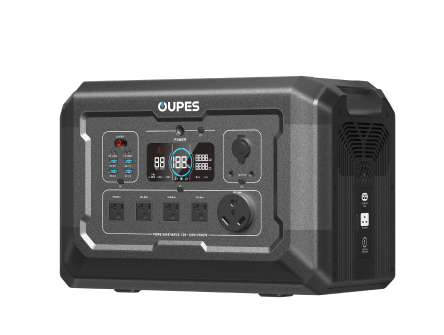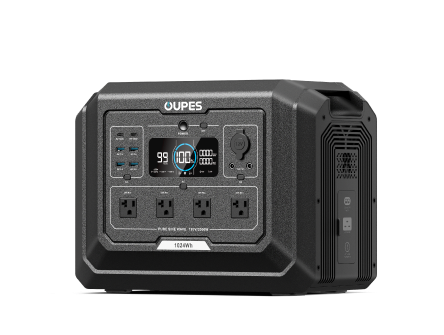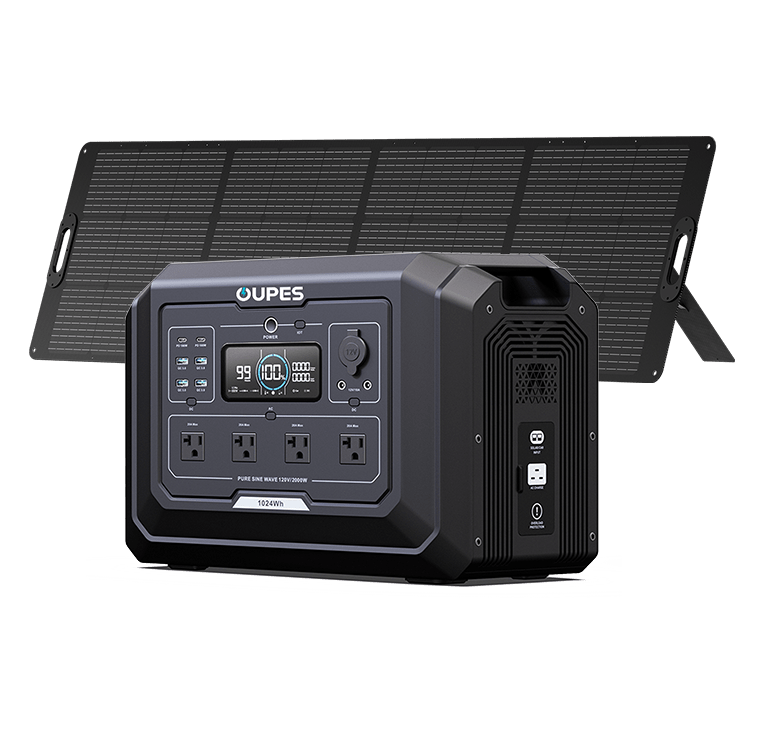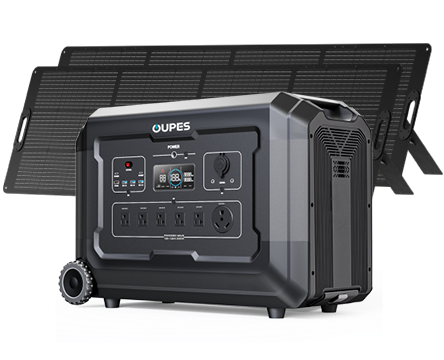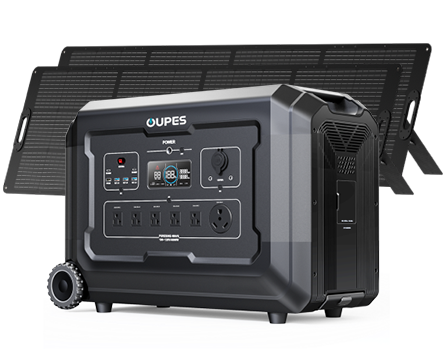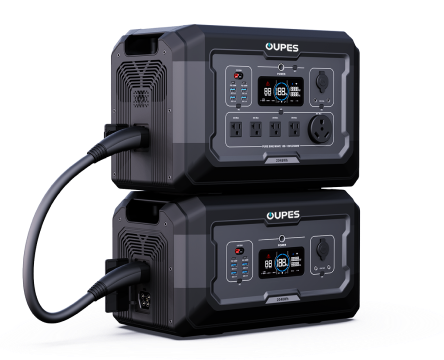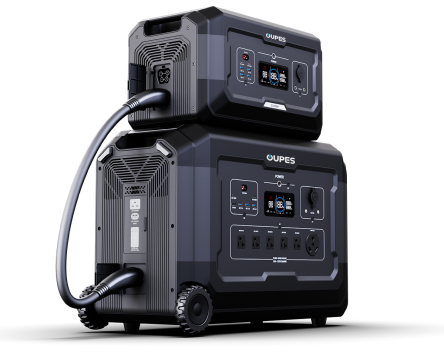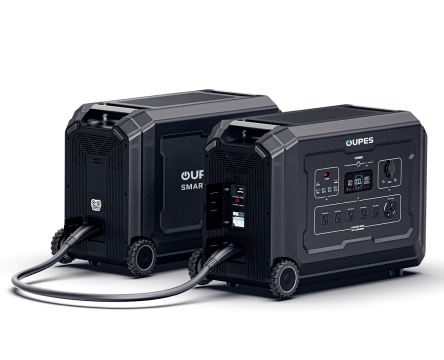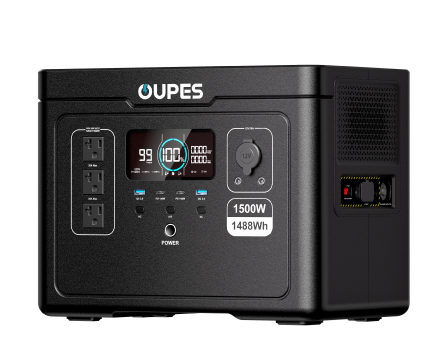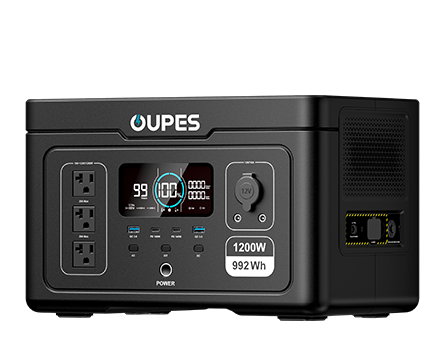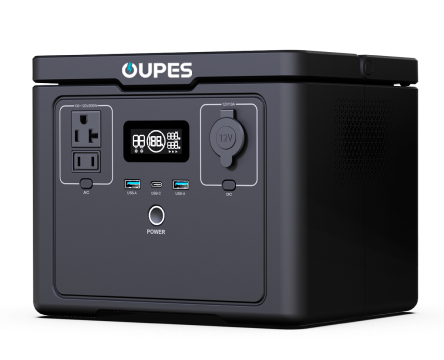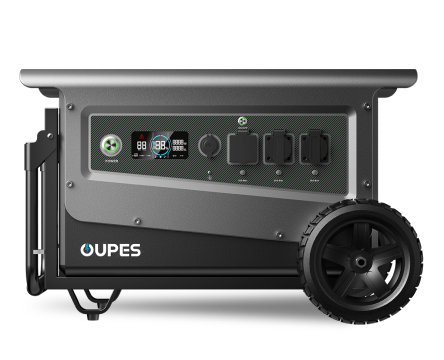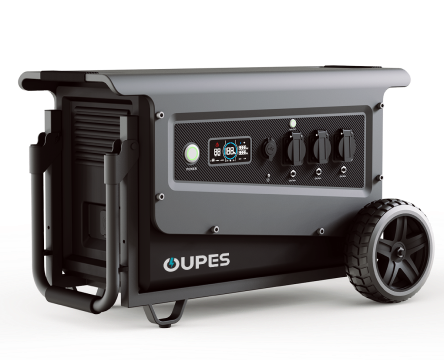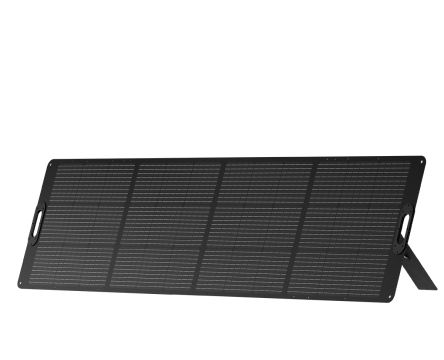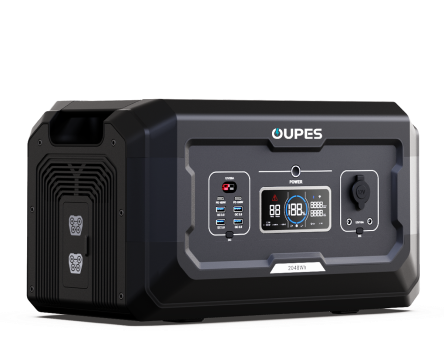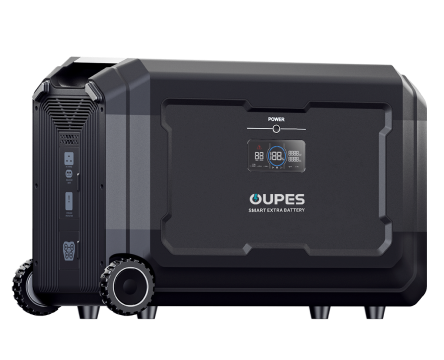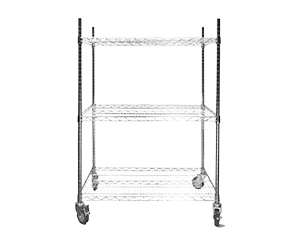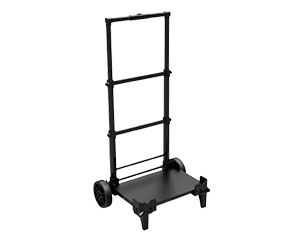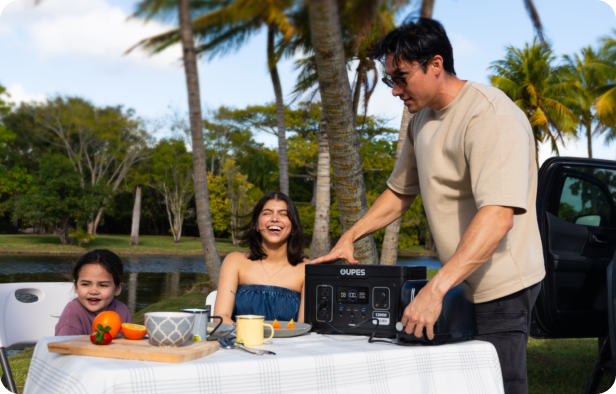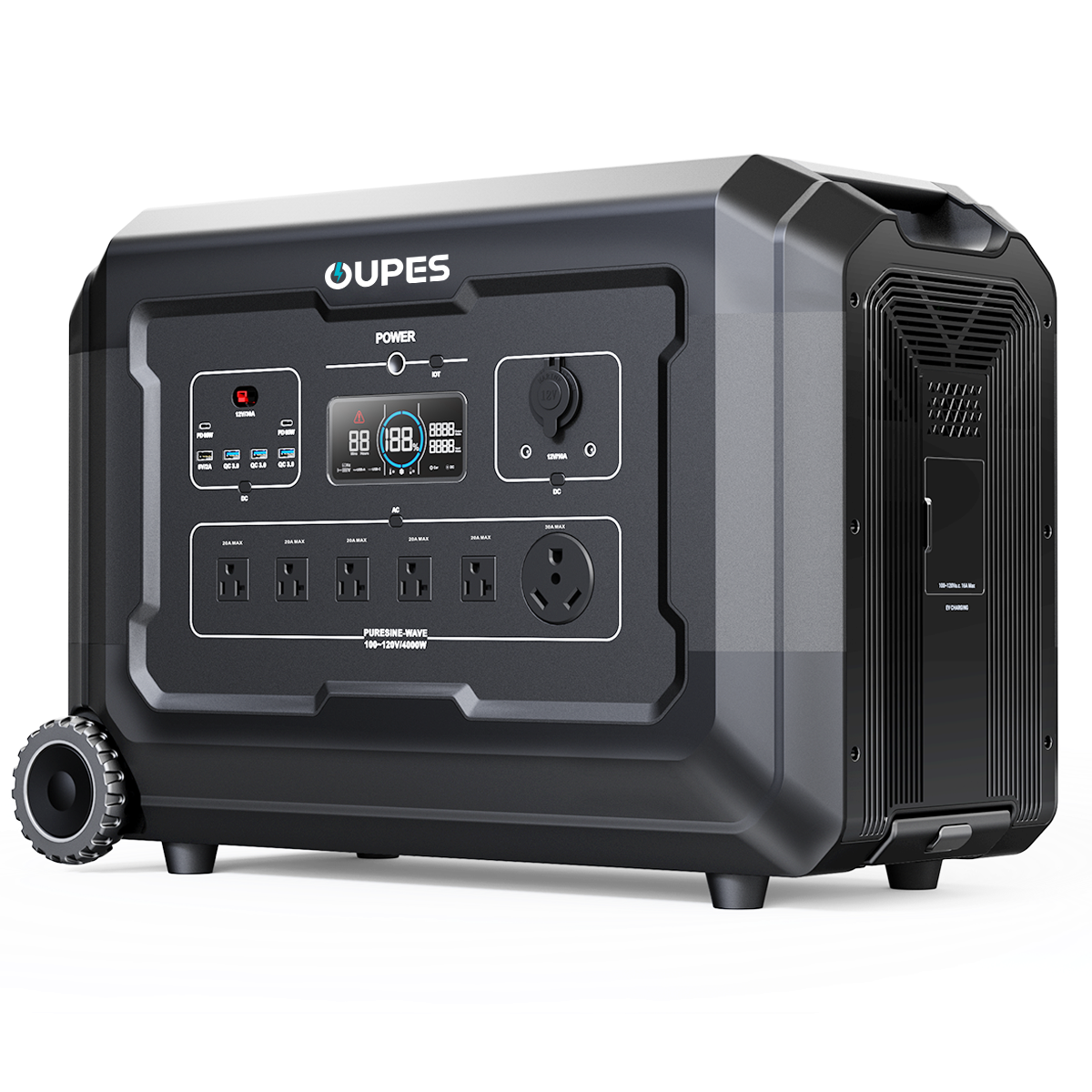
Imagine a world where you can carry a limitless power source in your backpack—ready to charge your devices, run small appliances, or light up a campsite without relying on fossil fuels or grid electricity. Portable solar generators are turning this vision into reality, offering a clean, quiet, and versatile energy solution for adventurers, homeowners, and emergency planners alike. But what exactly are these devices, and how do they work? Let’s explore the technology reshaping how we access power on the go.
In an era where sustainability and convenience collide, portable solar generators stand out as a game-changer. Unlike bulky traditional generators that guzzle fuel and emit fumes, these compact systems harness sunlight to keep your gadgets running. Whether you’re a weekend warrior seeking off-grid freedom or preparing for unexpected blackouts, understanding portable solar generators is the first step toward energy independence. Ready to unlock their potential? Let’s dive in.
What Defines a Portable Solar Generator?
A portable solar generator is an integrated system designed to capture, store, and distribute solar energy. At its core, it consists of three main components: solar panels, a battery storage unit, and an inverter. The solar panels collect sunlight and convert it into direct current (DC) electricity, which is then stored in the generator’s battery. The inverter transforms this stored DC power into alternating current (AC), the standard form of electricity used by most household devices and appliances.
What sets these generators apart from traditional fuel-powered models is their reliance on renewable energy. They produce zero emissions, operate silently, and require minimal maintenance. Portability is another key feature—many units are lightweight, compact, and equipped with handles or wheels for easy transport. This makes them ideal for camping trips, tailgating events, or emergency kits. Additionally, most modern solar generators include multiple output ports, such as USB, AC outlets, and DC carports, allowing you to charge everything from smartphones to refrigerators.
It’s important to distinguish portable solar generators from "solar-powered generators" that lack built-in batteries. True portable solar generators are all-in-one systems, whereas some products on the market are simply inverters or battery packs that require separate solar panels. Understanding this distinction ensures you invest in a system that meets your energy needs without unexpected compatibility issues.
Key Components and How They Work Together
The efficiency of a portable solar generator hinges on the synergy between its components. Solar panels, typically made from monocrystalline or polycrystalline silicon, are responsible for capturing photons from sunlight. Monocrystalline panels are more efficient but costlier, while polycrystalline variants offer a budget-friendly option with slightly lower energy conversion rates. The panels feed DC electricity to the charge controller, a critical device that regulates voltage to prevent battery overcharging or damage.
The battery, often a lithium-ion or lithium iron phosphate (LiFePO4) unit, stores the energy generated by the panels. Lithium-ion batteries are lighter and have a higher energy density, making them popular in portable models. LiFePO4 batteries, though heavier, boast longer lifespans and better thermal stability. The inverter then converts the stored DC power into AC electricity, with wattage ratings ranging from 300W to 2000W depending on the generator’s size. Higher-wattage inverters can power larger appliances like microwaves or power tools.
Many generators also include advanced features like MPPT (Maximum Power Point Tracking) charge controllers, which optimize energy harvest under varying sunlight conditions. Wireless monitoring via smartphone apps is another innovation, allowing users to track battery levels, input/output rates, and system health in real time. Together, these components create a seamless flow of energy from sun to device, ensuring reliable power wherever you go.
Advantages Over Traditional Power Solutions
Portable solar generators offer undeniable benefits compared to gas or diesel generators. First and foremost is their environmental impact—or lack thereof. By eliminating greenhouse gas emissions and noise pollution, they align perfectly with eco-conscious lifestyles. There’s no need to store flammable fuels, reducing fire risks and freeing you from the smell of gasoline. This makes them safe to use indoors, such as in RVs or during home outages.
Cost savings are another advantage. While the upfront price of a solar generator may be higher, you avoid ongoing expenses like fuel purchases, oil changes, or engine repairs. Solar energy is free and abundant, meaning your operational costs drop to nearly zero after the initial investment. Maintenance is also minimal; aside from occasional panel cleaning and battery checks, these systems require little attention.
Portability enhances their appeal. Imagine powering a weekend camping trip without the roar of a generator disturbing the peace. Or keeping medical devices running during a hurricane-induced blackout. Solar generators empower users to maintain normalcy in unpredictable scenarios, all while reducing their carbon footprint. For urban dwellers, they even serve as a backup during rolling blackouts, ensuring Wi-Fi routers, lights, and refrigerators stay functional.
Selecting the Right Model for Your Needs
Choosing a portable solar generator starts with assessing your power requirements. Calculate the total watt-hours (Wh) you’ll need by listing the devices you plan to run and their wattage. For example, a 50W laptop used for 4 hours consumes 200Wh. Add a buffer of 20-30% to account for inefficiencies. This total will guide you toward a generator with sufficient battery capacity. Models range from 300Wh (suitable for phones and lights) to 2000Wh (capable of running small appliances).
Portability features matter too. If you’re hiking or backpacking, opt for a lightweight unit under 20 pounds with a built-in handle. For car camping or home backup, heavier models with wheels and larger batteries may be preferable. Check the solar input capacity as well—a generator with a 200W solar input will recharge faster than one limited to 100W. Compatibility with expandable solar panels is a plus, allowing you to increase charging speed by adding more panels.
Don’t overlook output options. Ensure the generator has enough USB ports, AC outlets, and DC ports to match your devices. Some models include specialty ports like USB-C PD (Power Delivery) for fast-charging laptops or wireless charging pads. Finally, consider warranty and customer support. Reputable brands often offer 2-5 year warranties and robust service networks, providing peace of mind for your investment.
Maintenance Tips and Real-World Applications
To maximize the lifespan of your portable solar generator, proper care is essential. Store the battery at a 50-80% charge if unused for extended periods, as full discharge or overcharging can degrade lithium cells. Keep the unit in a cool, dry place to prevent heat or moisture damage. Clean solar panels regularly with a soft cloth and mild detergent to remove dust, pollen, or bird droppings that can obstruct sunlight.
Real-world applications for these generators are vast. Outdoor enthusiasts use them to power LED lights, electric coolers, and cameras during multi-day treks. Disaster preparedness teams rely on them to keep communication devices operational in emergencies. In developing regions, they provide affordable electricity for schools and clinics lacking grid access. Even urbanites use them to reduce utility bills by supplementing home energy needs with solar power.
Innovative uses continue to emerge. Photographers deploy solar generators to run off-grid lighting setups in remote locations. Food truck owners cut costs by replacing diesel generators with silent, solar-powered alternatives. Homeowners pair them with rooftop panels to create a mobile backup system that can be moved during renovations or travel. The versatility of these systems is limited only by your imagination.
Portable solar generators represent a transformative shift in how we access and consume energy. By combining renewable technology with user-friendly design, they empower individuals to take control of their power needs while fostering environmental stewardship. Whether you’re seeking adventure, security, or sustainability, these devices offer a practical path forward.
As solar technology advances, expect even lighter, more efficient models to hit the market. Innovations like foldable solar panels and solid-state batteries promise to enhance portability and storage capacity. By investing in a portable solar generator today, you’re not just buying a product—you’re joining a movement toward cleaner, smarter energy solutions. The sun’s power is now in your hands; where will you take it?

